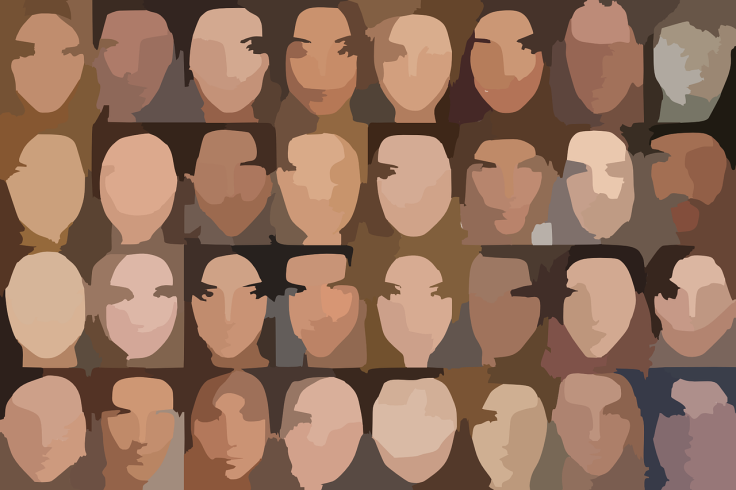Country's Gender Equality Affects Men's Ability To Recognize Famous Females
KEY POINTS
- The Gender Inequality Index measures a country's gender inequality based on various factors about the condition of women in the country
- From 2014-2015, the U.S. got a middle mark on the Gender Inequality Index, while Scandinavian countries proved to be generally gender equal
- A new study sought to find how people from countries with scores across the Index would recognize male and female celebrities
The Gender Inequality Index measures the degree of a country’s gender inequality by looking at factors such as women’s education, economic status, reproductive health and ability to get high-level positions at work. In the index, higher scores denote higher levels of gender inequality.
For instance, from 2014 to 2015, the United States got a mark of 0.21, which means they are somewhere in between, while Scandinavian countries got 0.05 and countries such as Egypt and Pakistan scored a high 0.49. This means that Scandinavian countries are pretty gender equal, while the latter countries have generally lower gender equality.
In a new Harvard study, researchers asked over 2,700 adults between the ages of 18 and 50 to look at a series of famous faces and identify them. Of the participants, 2,295 were men and women from the U.S., 203 were men and women from Denmark Finland, the Netherlands and Norway, and 275 were from Pakistan, Egypt, Brazil and Indonesia.
The faces the participants were shown were mostly of U.S. celebrities including politicians, actors, performers and athletes. To ensure that the U.S. participants did not have an unfair advantage over the other participants, the researchers only included and analyzed the results from international participants who said they were familiar with or have seen the faces before.
The results revealed that male celebrities were better recognized than the female celebrities no matter where the participants were from. In fact, researchers found that male faces were recognized with 8 percent higher accuracy than female faces, except for the countries with lower gender equality where the women were better at identifying the female celebrities than male celebrities.
The differences were even more pronounced when researchers looked at the the results in terms of the participants’ gender. Specifically, women identified female faces more accurately than the men.
For instance, in the United States, the women were 7 percent more accurate in identifying female celebrities than the male participants, while the women from Pakistan, Brazil, Indonesia and Egypt were 10 percent more accurate in identifying female celebrities than the men, suggesting a significant gap between the male and females’ recognition of famous females faces.
The male and female participants from Denmark, Finland, the Netherlands and Norway, however, had an accuracy difference of less than 2 percent. This means that the men in those countries performed nearly as well as the women in identifying the famous females.
The results suggest that men living in more gender equal countries can more easily identify female celebrities than the men from countries with low gender equality. And in alignment with the Gender Inequality Index, the U.S. participants’ results also came out somewhere in the middle.
“Our findings underscore how important social and cultural factors are in shaping our cognition and in influencing whom we recognize and whom we do not,” study first author Maruti Mishra of Harvard Medical School said. “ Culture and society have the power to shape how we see the world.”
The study's senior investigator, Joseph DeGutis of Harvard Medical School, added that even though the gender biases are unconscious, awareness of them can help us overcome or perhaps minimize it.
The study is published in Scientific Reports.

© Copyright IBTimes 2025. All rights reserved.






















